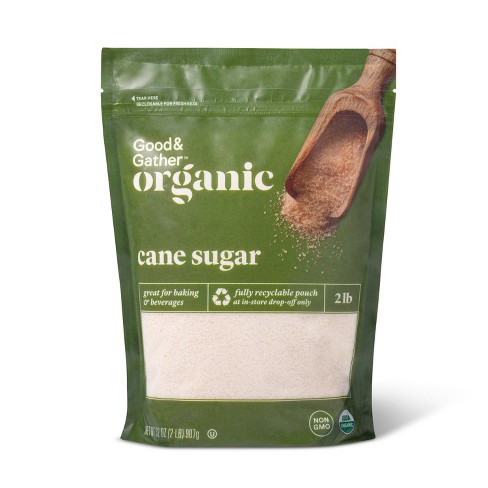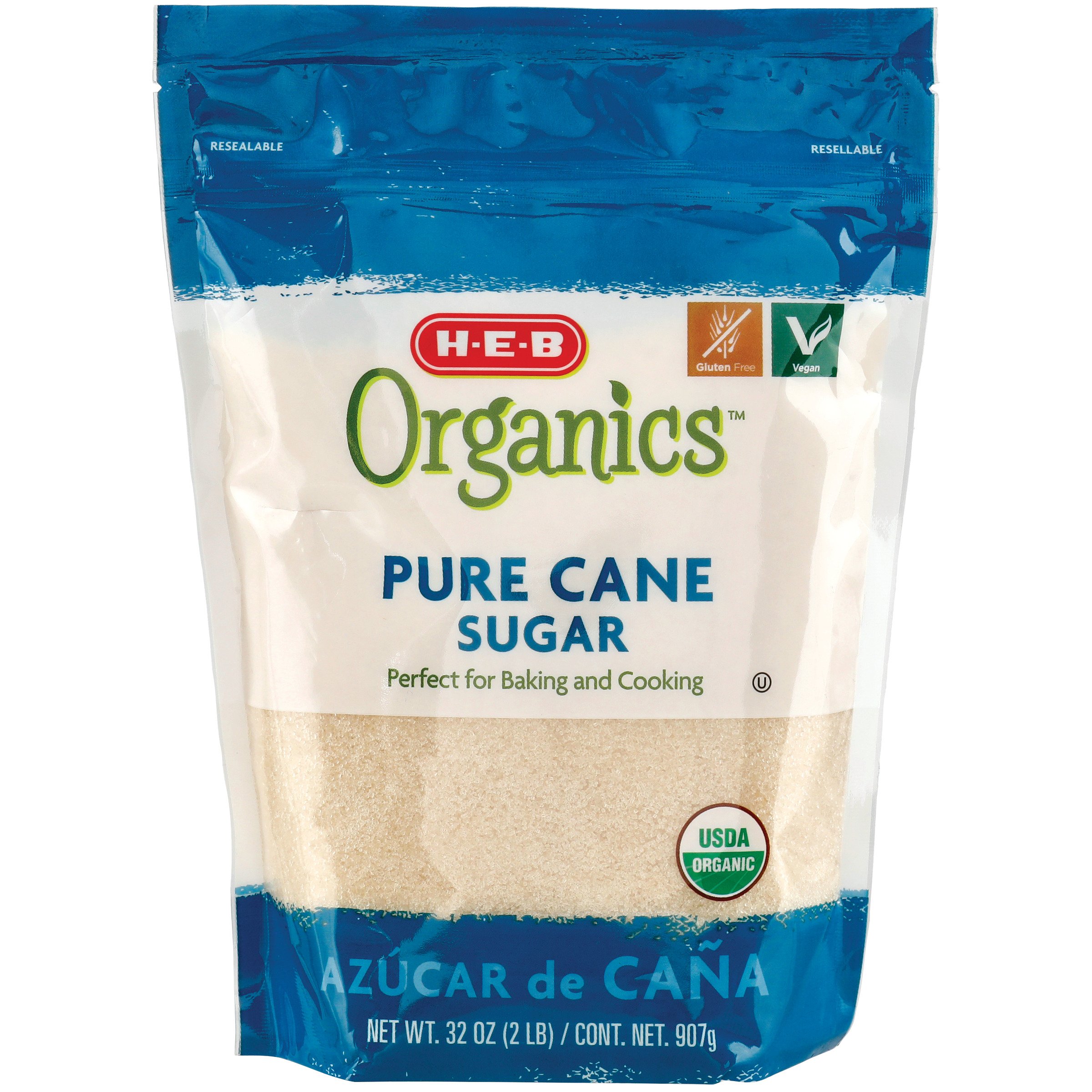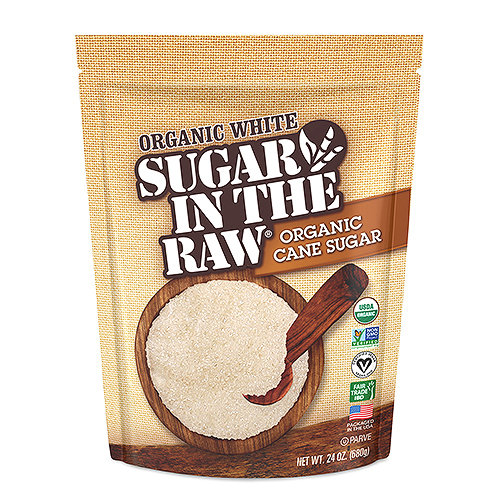Discovering the Comprehensive Steps Associated With Cane Sugar Handling From Harvesting to Improvement
The process of cane sugar manufacturing encompasses a collection of elaborate actions, beginning with the mindful harvesting of sugarcane and culminating in the improvement stages that make certain the end product satisfies sector requirements. Each stage, from the extraction of juice to the filtration and crystallization procedures, plays a critical function in figuring out the quality and personality of the sugar. Recognizing these stages not just highlights the complexity of sugar production but also increases critical inquiries concerning performance, sustainability, and technology in the industry. What implications do these elements have for future methods?
Collecting Sugarcane
Collecting sugarcane is an essential action in the cane sugar handling chain, as it straight affects the quality and return of the last item. Correct timing and strategies are essential during this stage to make certain optimum sugar web content and decrease losses. Typically, sugarcane is collected when it reaches maturation, usually 12 to 18 months after growing, identified by a high sucrose focus.

Post-harvest, the sugarcane must be refined promptly to stop sucrose destruction. Preferably, collected walking cane must be delivered to refining facilities within 1 day to preserve sugar quality. Consequently, efficient logistical preparation is vital to preserve the integrity of the harvested crop throughout the supply chain.
Removal Process

The crushed cane is subjected to a series of pressing procedures to make best use of juice recuperation. Generally, warm water is sprayed onto the smashed walking cane, producing a countercurrent flow that helps liquify the sugar while likewise helping in the extraction process. The juice collected from this procedure consists of not only sugar but additionally different organic substances and pollutants.

To enhance removal efficiency, some facilities might utilize diffusion methods, where the sugarcane is taken in warm water, allowing the soluble sugars to diffuse right into the fluid. The resulting juice, rich in sucrose, is after that routed to subsequent processing stages, laying the foundation for purification and refinement. The extraction procedure is hence crucial in identifying the high quality and return of the last sugar product.
Filtration Strategies
The filtration strategies utilized in walking stick sugar processing are vital for changing the raw juice right into a high-grade sugar item. These methods primarily aim to remove pollutants, such as soil, plant products, and inorganic compounds, which can adversely affect the end product's taste and shade.
This procedure includes including lime and warmth to the raw juice, which promotes the coagulation of impurities. Furthermore, the usage of phosphoric acid can enhance the clarification procedure by more binding contaminations.
Another significant technique is carbonatation, where carbon dioxide is introduced to the clarified juice. This response creates calcium carbonate, which captures continuing to be impurities and promotes their removal.
Additionally, turned on carbon therapy may be put on adsorb any staying colorants and natural pollutants, making sure a much more refined product. The combination of these methods properly prepares the sugar juice for subsequent steps in the refining process, establishing the phase for the production of high-quality walking stick sugar.
Formation Methods
After the purification phase, the next important action in walking cane sugar processing entails condensation methods, which play a pivotal role in changing the made clear juice into solid sugar. This process commonly employs 2 key approaches: spontaneous crystallization and controlled condensation.
In spontaneous formation, supersaturated sugar services are enabled to cool down normally, leading to the formation of sugar crystals in time. This approach is simpler but may lead to unequal crystal dimensions and reduced purity levels. On the various other hand, regulated crystallization is a much more precise method where seeding, concentration, and temperature level representatives are meticulously taken care of. This method enables the uniform growth of sugar crystals and higher purity.
During crystallization, the clarified juice is focused via dissipation, boosting its sugar material up until it reaches supersaturation. Once this factor is attained, either approach can assist in the condensation process. Cane Sugar Processing. The resultant sugar crystals are then divided from the continuing to be syrup via centrifugation
Eventually, the choice of crystallization method impacts the this link quality, dimension, and pureness of the last sugar item, making this step necessary in the general cane sugar handling procedure.
Improvement and Product Packaging
Just how can the purity and high quality of cane sugar be additionally enhanced after condensation? The improvement process plays a vital duty in accomplishing high-grade cane sugar.
Following, the sugar is subjected to a procedure called centrifugation, where it is rotated at high speeds to separate the detoxified sugar crystals from the staying liquid. After centrifugation, the sugar is commonly further fine-tuned through a technique called carbonization or phosphatation, which makes use of activated carbon or phosphoric acid to eliminate shade and off-flavors.
Once fine-tuned, the sugar is dried out to achieve the preferred dampness material, ensuring that it stays secure during storage space and transportation. The final action involves product packaging the refined sugar in impermeable and moisture-proof containers to maintain its high quality and protect against contamination. Cane Sugar Processing. Appropriate product packaging not only prolongs service life however likewise Click Here facilitates simple handling and distribution, guaranteeing that customers obtain sugar that meets the highest standards of pureness and quality
Final Thought
The thorough actions associated with cane sugar handling, from the thorough harvesting of sugarcane to the intricate improvement and product packaging phases, highlight the value of each phase in guaranteeing top notch sugar manufacturing. Optimal harvesting techniques, reliable extraction techniques, and strenuous purification processes jointly add to the final product's purity and stability. The crystallization and succeeding product packaging methods additionally improve the integrity and rack life of the sugar, Continue highlighting the intricacy and precision fundamental in this vital agricultural industry.
The procedure of walking stick sugar production incorporates a series of elaborate steps, starting with the careful harvesting of sugarcane and culminating in the improvement stages that guarantee the final item satisfies industry criteria. Ideally, harvested walking cane must be transported to refining facilities within 24 hours to preserve sugar quality.In spontaneous crystallization, supersaturated sugar remedies are enabled to cool normally, leading to the formation of sugar crystals over time - Cane Sugar Processing. The improvement process plays a crucial duty in accomplishing high-quality walking cane sugar.The extensive actions included in walking cane sugar processing, from the thorough harvesting of sugarcane to the elaborate improvement and packaging phases, highlight the importance of each phase in making certain premium sugar production